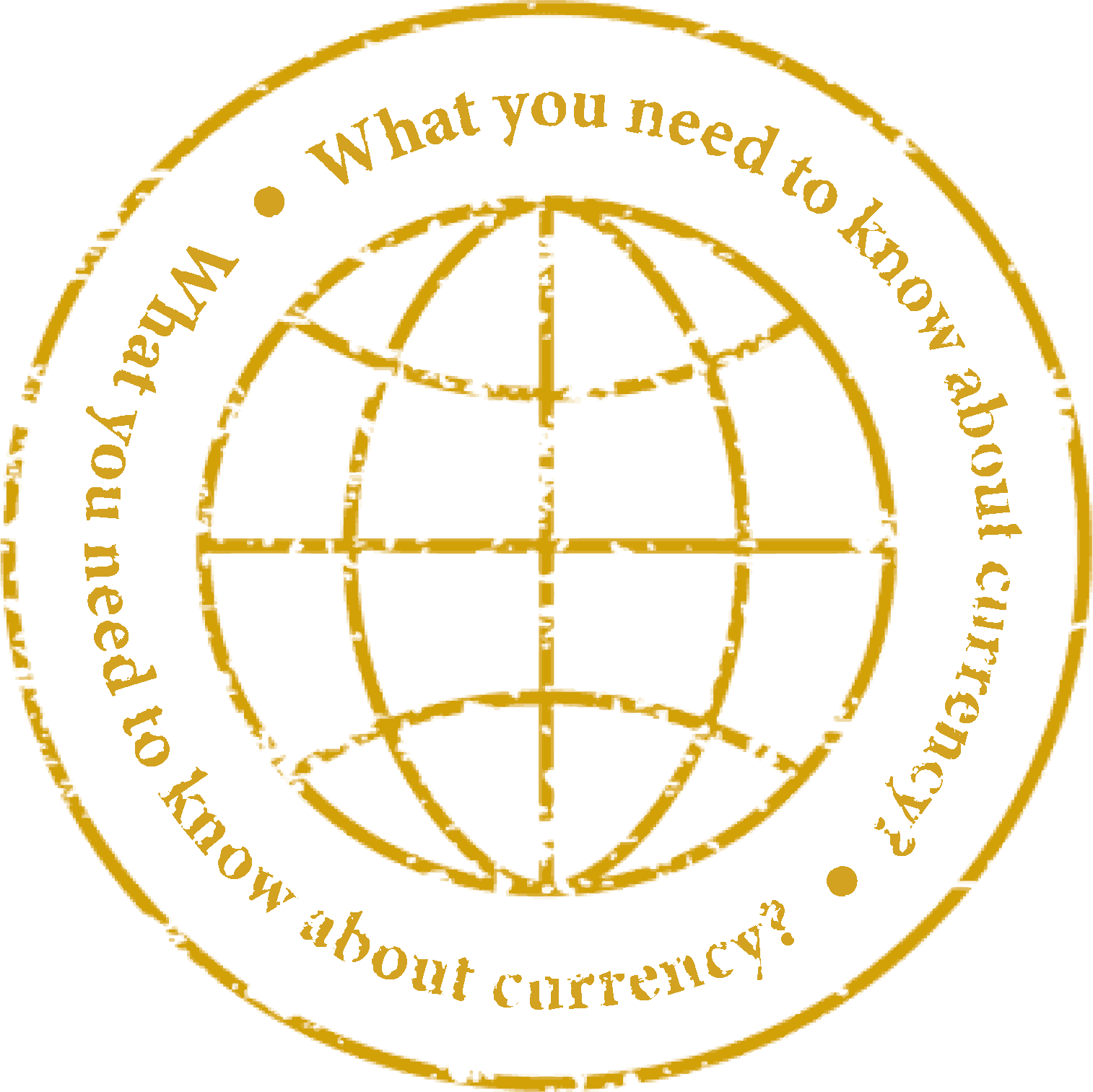Bulgarian lev exchange rate
Are you interested in the current exchange rates and the price of the Bulgarian lev? Stay up to date at all times! Below we present the current quotes of the Bulgarian lev in our online exchange.
Bulgarian lev exchange rate - chart
The chart is updated in real time
Problem with data downloading.
Exchange rate Bulgarian lev in the charts is presented for indicative purposes, based on approximate data and is not of a transactional nature, i.e. it is not part of the website's offer or a proposal to make a transaction.

Bulgarian lev
According to the widely recognized ISO 4217 standard, the Bulgarian lev is marked with the international symbol of BGN. The currency of Bulgaria uses the "лв" abbreviation, however, to those unfamiliar with the Cyrillic alphabet, this does not say much.
Bulgarian Lev today
The name of the Bulgarian lev is connected with lions. These animals are associated mainly with Africa today but used to inhabit Europe in the very distant past. The currency name is not the only reference to lions – the coat of arms of Bulgaria features a crowned lion.
The Bulgarian lev is the official currency of Bulgaria and is divided into 100 stotinki. Currently, coins of 1, 2, 5, 10, 20 and 50 stotinki, as well as BGN 1 and BGN 2 are in circulation. Twelve stars can be seen on the obverse of the stotinki, and the reverse depicts the Madara Rider. BGN 2 is the most interesting denomination, available both in banknotes and coins of an unusual, polygonal shape. Bulgarian currency in banknotes comes in the denominations of 2, 5, 10, 20, 50 and 100 Bulgarian lev. It is characterised by a variety of colours and distinct holograms, and is also decorated with images of important Bulgarian figures and motifs relating to national heritage.
The exchange rate of the Bulgarian lev and the turmoil associated with it
Bulgaria's turbulent history is reflected in its currency quite well. For hundreds of years, the territory was under the influence of the Roman Empire and later the Ottoman Empire. The Autonomous Principality of Bulgaria was established only at the end of the 19th century, and the Bulgarian lev introduced in 1881, the currency in use to this day, was the crowning achievement. At that time, the Bulgarian lev was backed by gold, and the price of the lev was equal to the price of the French franc. Thanks to the link between the two currencies, Bulgaria joined the Latin Monetary Union. The Balkan wars contributed to the abandonment of the gold standard, and the following years brought high inflation to Bulgaria – the BGN exchange rate was stabilised in 1924, but this required the Bulgarian lev to be pegged to the dollar. In the 1930s, BGN was pegged to the German mark, and after the occupation of Bulgaria by the Red Army, to the Soviet ruble. After World War II inflation, a second series of Bulgarian currency entered circulation and the Bulgarian lev was re-pegged to the dollar. Today, the currency of Bulgaria functions in the form of the fifth series, introduced in 1999.
Nowadays, the Bulgarian lev is not very popular on the financial market, and is known mainly because of holiday trips. Therefore, the exchange rate of the lev to the zloty is most often checked around the holiday season. However, BGN PLN is not the only currency pair that is gaining interest at this time – for the rest of Europeans, what is important is the conversion of the Bulgarian currency to the euro. This value is unlikely to surprise anyone, because the Bulgarian lev is officially pegged to the euro, which means that the lev to euro exchange rate is fixed – 1.95 lev per euro. The exchange rate pegged to a more stable European currency makes foreign entrepreneurs more willing to cooperate with Bulgarian contractors.
Currency of Bulgaria – the most interesting facts related to BGN and the country's economy
-
In the 19th century, when the Bulgarian lev was backed by gold, it reached such a high purchasing value that one coin could buy real estate in a good location.
-
When Bulgaria joined the EU, the country's politicians did not recognize the Latin spelling of "euro". For this reason, the word “euro” on new BGN banknotes is written in Cyrillic.
-
The change of naming of the monetary unit from BGL to BGN took place only in 1999. This of course did not change the currency used in Bulgaria.

The notification has been enabled
When the exchange rate EUR is lower than you will receive an email to this address